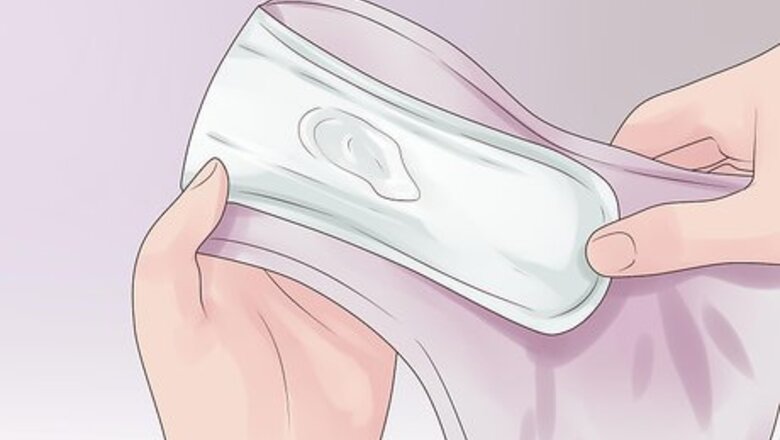
views
X
Trustworthy Source
Centers for Disease Control and Prevention
Main public health institute for the US, run by the Dept. of Health and Human Services
Go to source
[2]
X
Expert Source
Cindy Basinski, MDBoard-Certified Urogynecologist
Expert Interview
Although BV is not usually serious, it can lead to harmful complications if left untreated. Start with Step 1 below to learn how to recognize the symptoms of BV, and keep reading for some helpful information on treatment and prevention methods.
Recognizing the Symptoms
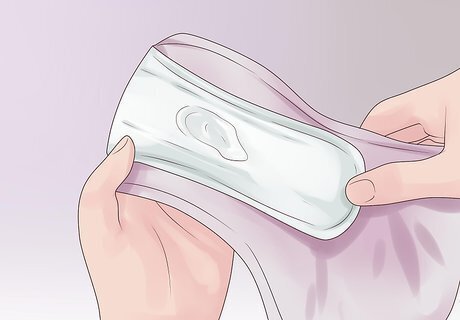
Check for unusual or increased vaginal discharge. BV is often accompanied by a thin gray, white, or greenish-colored discharge. See your doctor if you have more vaginal discharge than usual, or if the color, texture, or smell of your discharge seems different from usual. It’s especially important to see your doctor if the discharge is accompanied by other symptoms, like a fever or an unusual odor.

Look for an unpleasant odor. The discharge is often accompanied by an unpleasant odor, which can be described as "fish-like". The odor usually becomes worse after intercourse.
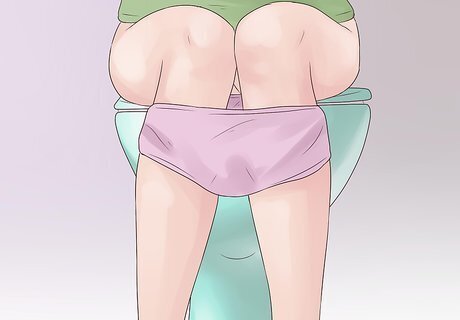
Watch for a burning sensation or pain while urinating. Though BV does not normally cause pain, some people experience a burning sensation during urination. Burning when you pee can also be a symptom of other conditions, such as a yeast infection, a urinary tract infection, or a sexually transmitted infection.
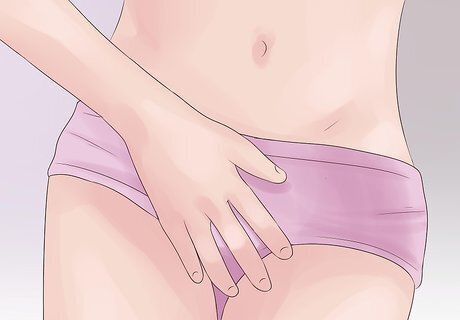
Make note of itchiness. The outside of the vagina may become itchy, though the itchiness is normally mild. It can become worse if you use soap around the area. It's possible that your sexual partners also develop itchiness and irritation in some cases.

Understand that BV sometimes has no symptoms. Some people with BV experience no obvious signs or symptoms at all. This is unfortunate as, if left untreated, BV can lead to more serious health issues down the line.
Treating and Preventing BV
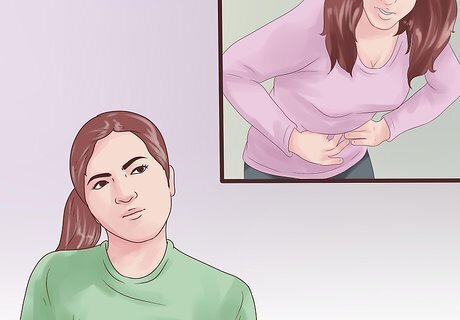
Familiarize yourself with the risks of BV. Although bacterial vaginosis is usually pretty harmless, in some cases it can lead to serious complications, if left untreated. These complications include: An increased susceptibility to HIV infection if exposed to the HIV virus, and an increased susceptibility to other sexually transmitted infections, such as chlamydia and gonorrhea. Increased risk of infection following surgical procedures such as hysterectomies and abortions. Increased risk of complications during pregnancy, such as premature delivery and low birth weight. An increased risk of developing pelvic inflammatory disease, which is an infection of the uterus and fallopian tubes that can lead to infertility.
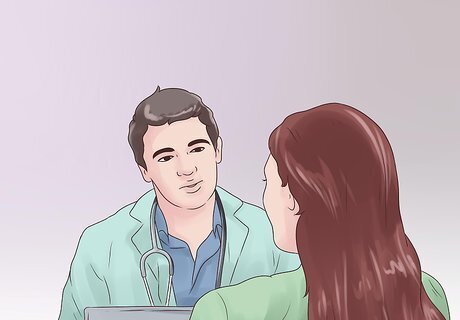
See your doctor if you suspect you may have BV. In about one third of cases, BV will clear up on its own without treatment. However, it's still important to see your doctor and receive antibiotic treatment, in order to avoid potentially serious complications. Your doctor will usually prescribe an antibiotic such as metronidazole or clindamycin. These antibiotics can be taken orally as a pill, or applied topically as a vaginal gel or cream. It is particularly important to receive treatment for BV if you are pregnant, in order to avoid complications. In fact, the CDC recommends that all pregnant people who have ever had a premature delivery or low birth weight baby should undergo a BV examination and, if necessary, receive treatment.
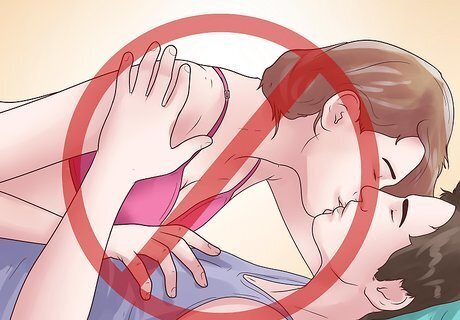
Prevent BV from recurring. Unfortunately, BV is still not fully understood by scientists, so there is no surefire way to prevent it from recurring. However, there are several things you can do to maintain the balance of "good" and "bad" bacteria in the vagina, which can help you to avoid BV: Limit your number of sexual partners: Having sex with multiple partners can upset the natural balance of the vagina. Therefore, try to abstain from sex or limit the number of people you have sex with. When you do have sex, make sure to use a male latex condom to avoid picking up an STD. Do not douche: Douching disrupts the normal balance of your vagina and makes you more susceptible to developing BV. Douching will not clear a vaginal infection and is strongly discouraged by the US Department of Health and Human Services. Avoid vaginal irritation: Things like washing your vaginal area with soap, using scented tampons or sanitary pads, and frequently using hot tubs can irritate your vagina and increase the risk of developing BV. The use of IUDs has also been linked with an increased risk of BV. Alter your diet: Some research has suggested that following a diet rich in folate, calcium and vitamin E can help to decrease the risk of developing BV. It can also be helpful to quit smoking.















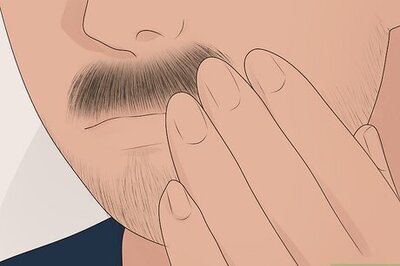



Comments
0 comment